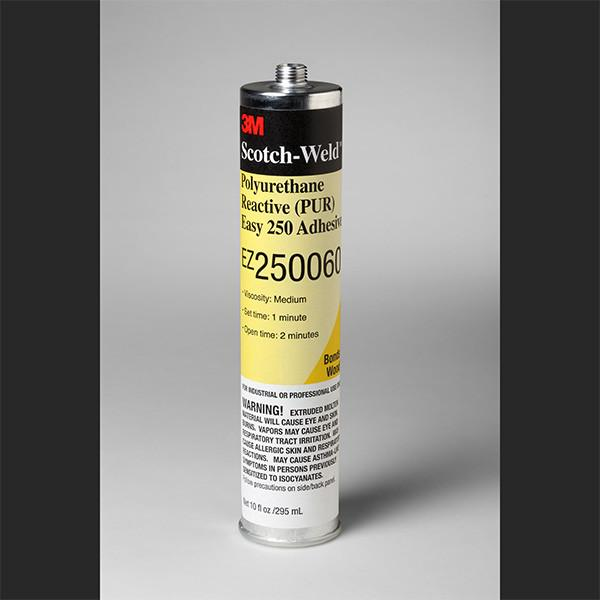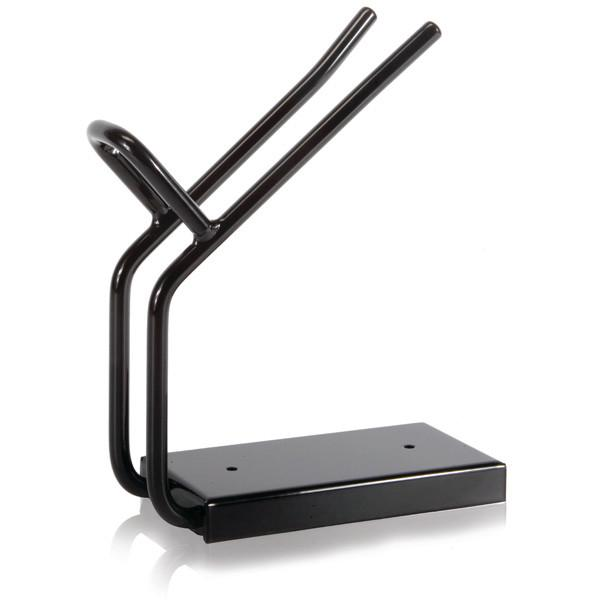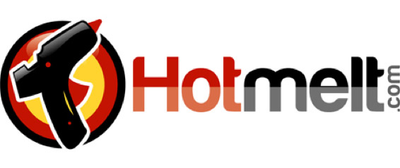For businesses that rely on hot melt for adhesive needs, using a hot spray gun makes the job much more manageable.
When you spray hot melt, the glue cools quickly. This makes using a spray gun particularly helpful if you need to work with heat-sensitive surfaces, perhaps in an industrial setting.
Hot melt usage has increased dramatically in the past few years. Today, the packaging, shipping, construction and manufacturing sectors are all turning to hot melt.
Even DIYers have discovered the advantages of using hot melt and hot melt spray guns.
This guide provides you with details on how to use your spray gun properly when applying PUR hot melt.
History of the Glue Guns
Most people believe glue guns are a recent invention. In fact, glue guns have been around since the 1950s. Mostly used by shoe repairmen, eventually, people began using hot melt adhesives for a variety of purposes.
Today, hot spray guns have become one of the latest versions of hot melt applicators, developed due to the burgeoning industrial usage.
Polyurethane Reactive (PUR) Hot Melt

Polyurethane Reactive hot melt is incredibly strong and durable. This type of hot melt is stored in a wide tube, similar in size and appearance to a tube of caulking. The tube of PUR is inserted into the glue gun, which melts it from a solid to a liquid before application.
Polyurethane Reactive sets quickly, within five seconds. It does not re-melt. This makes PUR perfect for any application requiring strongholds and fast set times. Woodworking, shipping and packing, and the automotive industry are just a few of the sectors where PUR hot melt is used.
Basic Operation
Glue guns operate by pushing or inserting the tube or stick of glue in a cavity in the rear of the gun. The operator pulls the trigger, forcing the glue through the barrel.
Spray guns usually have various nozzles, depending on the spray pattern you need, that you thread or attach to the barrel.
Hot Melt Spray Gun Safety
To avoid injury when using an electric, pneumatically powered spray gun, follow these safety guidelines when operating the devices.
Always wear safety gloves and glasses when operating your hot melt spray gun. The nozzle and lid can get very hot.
Operate the gun within the set manufacturer’s temperature parameters and don’t exceed them. Each glue gun will list the temperature ranges in the operator’s manual.
When you change out your nozzles, do so only after the gun has cooled down. Ensure the nozzle fits properly and snugly before turning the machine back on.
Don’t over pressurize. Be careful with the pneumatic settings. Read and follow carefully the requirements listed in the owner’s manual, regarding attaching and using a pneumatic hose.
Gun Care
Never lay the hot melt spray gun on its side or point the nozzle straight up. If you do so, you risk clogging the venting mechanism or allowing the hot melt to leak.
Always follow manufacturer recommendations regarding the warm-up period. Some guns require 10 minutes, depending on the type of glue used. There are pre-heaters for the PUR tubes available.
Glue Gun Maintenance

Always set your hot glue gun down in a hot glue gun stand or on a silicone mat or parchment paper. If glue spills on the mat, you can peel it off once it cools.
You should unscrew your nozzle while the gun is still warm. The owner’s manual or the instructions that came with the PUR tube should list the appropriate cleaning agent to use for the nozzle and nozzle adapter (avoid solvents like acetone, turpentine, benzene or any other flammable liquids).
Flush both while each is still warm and until you see the cleaning fluid flow steadily. Then, let the gun and accessories cool before storing them.
Accessories
You can find various accessories for your hot melt glue guns to help with your projects. In addition to the gun stand, you can purchase a set of different size nozzles to support whatever project you undertake.
Consider keeping a set of glue gun spare parts in your inventory so you can quickly repair your guns and limit any operational downtime.

